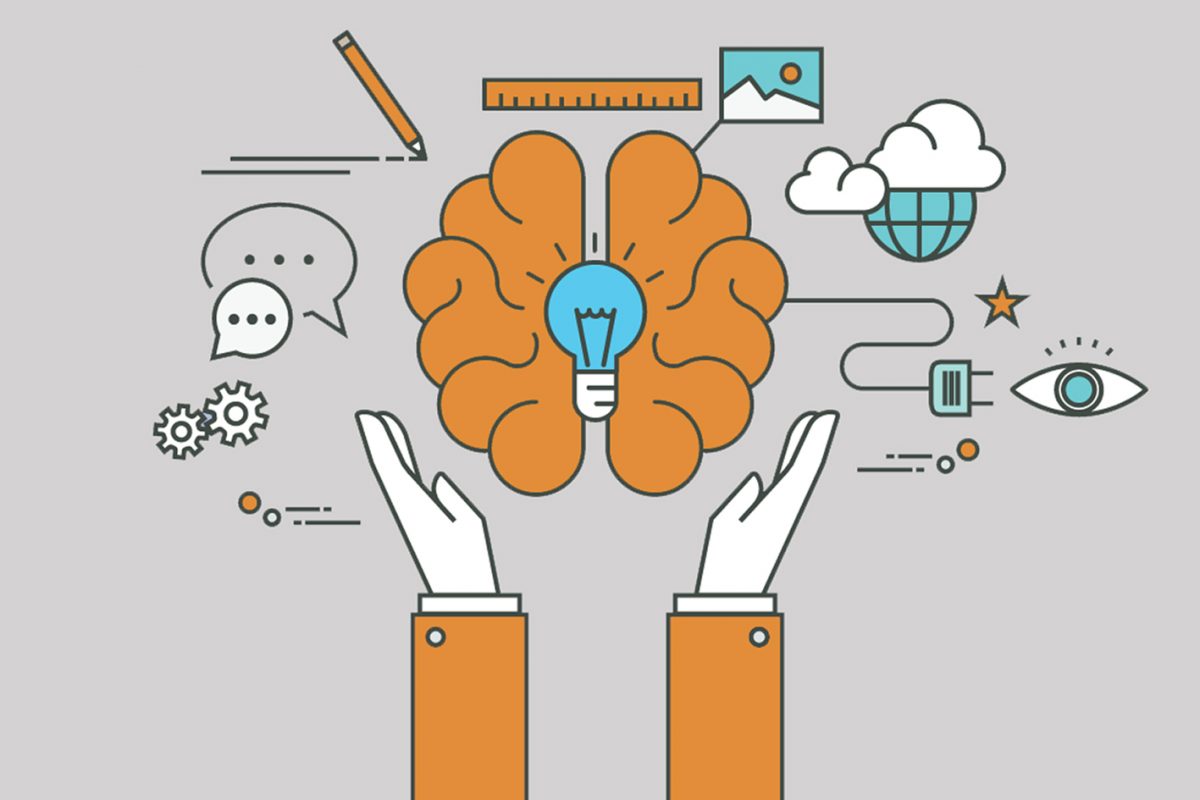
Our Approach to User Experience Design
DesignThe Design team is responsible for ensuring that the product meets and exceeds the needs of the users. This, in turn, helps our clients...
Your users are powerful. And they are growing more so by the day. But what exactly is their superpower? Choice.
See, for every need that a user has, there are a host of apps that provide a solution. That means your app needs to stand out from the crowd—not by being the flashiest or trendiest, but by providing the best experience possible for your users. And that all starts with Design Thinking.
Design Thinking is an iterative, five-stage process that puts the focus back on the user, from start to finish.
But what about my business goals? Are we just ignoring those? Not in the slightest. A major component of Design Thinking is first understanding what you hope to achieve and then translating that to a product that surprises and delights your users. In fact, focusing on the user oftentimes leads to a better-received app all around.
Now that we know why Design Thinking is so important, let’s jump into the five stages.
1. Ask, Listen & Ask Again – The Empathize Stage
Like any good process, Design Thinking starts with questions. A lot of questions. Who is using the app? What are they hoping to achieve from it? And, most importantly, what is going wrong, and why are they frustrated with the current user experience.
Being able to empathize with the user on the good and the bad will help you hone in on what’s working (so you can do more of that) and what’s causing users the most headaches and why. Often this stage is done through observation of, and interviews with, the actual users of the app.
2. Context is Key – The Define Stage
It’s time to put all those answers to work. The goal here is to look at the observations through the lens of the overall business goals (see, we haven’t forgotten!) and define the most concrete and important issues for the users. In essence, it’s about framing the most pressing challenges in the context of what both the business and users expect from the app.
3. A Brainstorm is a Brewing – The Ideate Stage
This is the fun part and the part that really anyone in the company can be part of. Now that the main issues have been identified, it’s time to come up with as many solutions as possible. It’s here that you think big and aren’t afraid to change your minds or contradict yourselves.
At the end of the session, it’s time to pick the winners from the group. The criteria for a winner will vary by project, but overall you can ask yourself a couple of questions to help guide your decision.
The answers to these questions should help you narrow in on the solution that will best fit your, and your users’, needs.
4. Putting Ideas into Action – The Prototype & Development Stage
It’s time for the virtual rubber to hit the digital road and see how that solution fares in the wild. It’s here, or a digital product agency, will first create a quick and dirty prototype to get a gut check on what works and what needs some tweaks. Employing an inexpensive, scaled-down version of the product/features and asking users to take a turn trying them out helps you narrow in on what’s doing the job, what isn’t, and why.
5. Hope You Studied – The Testing Stage
Finally, it’s time to send those prototypes through the wringer. You’ll break them in as many ways as possible and figure out everything that can go wrong. This is the redefine stage where you see the wreckage of solutions laid out in front of you, and learn from them.
Then, it’s iteration time. Taking all that you learned from what went wrong, you head back to The Prototype and Development stage. Change this, fine-tune that, get rid of that feature altogether—and then you test, and test, and test again.
Design Thinking is a practical way to solve problems. At once fixed and fluid, it provides the structure needed to build brilliant digital products and the flexibility to respond to last-minute changes. It’s a process and one that takes time to get running smoothly.
At Big Nerd Ranch, our senior-level designers and engineers work to continuously refine our approach to Design Thinking and Digital Product Development. So, if you’ve got a great idea or need some support on an existing app, we’d love to chat about how we can help put Design Thinking to work for you.

The Design team is responsible for ensuring that the product meets and exceeds the needs of the users. This, in turn, helps our clients...

At Big Nerd Ranch, the Discovery phase of a project is an important step in determining the best path forward for the design and...

A famous economist once said about consumers, “People don’t want a 1/4 inch drill. They want a 1/4 inch hole.” While not formally a...
